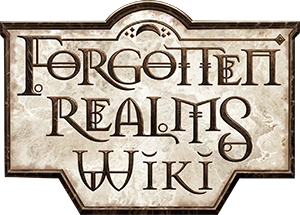Here's an interesting fact: Aspen Trees are a clonal species- they can spread by runners. One of the largest organisms on Earth is an Aspen grove in Utah’s Wasatch Mountains that has 41,000+ trunks.
That inspired this:
No Man's Land:
5000 years ago, a druid (whose name is lost to humanity...) of great power picked a large and remote island devoid of human life as his home, choosing a grove of aspen trees his most sacred space. At some point, he chose to cast Awaken upon one of the aspen...and the entire grove came to life! He had forgotten that Aspen spread by runners...the entire grove was actually one plant- and now it had a mind equal to his own. He trained it in the ways of the druids.
Eventually, death found the druid, but his greatest student lived on. Eventually, the Aspen grew enough in power that it began to experiment with Awaken itself. First, it made other Aspen and a few other mighty trees as self aware as it was, forming the Green Council, each a druid, cleric or mage in its own right. They, in time and in turn, granted awareness to some of the animals of the forest...bringing them into a society ruled by the Green Council, each day's food created by powerful magics.
As decades passed, the island became a great druidic haven, but still unknown to man.
1000 years ago, Man came...and he was not ready for what he found. The animals and trees welcomed those who resembled the one who had made their haven possible, but the ignorant sailors who found the island hunted for food for their journeys, and were driven back by the island inhabitants. The sailors returned to civilization to tell tales of the mysterious island to the East, where both animals and trees thought and fought as if men.
The Council's research of the civilized world (directly and through its awakened, shapechanged agents) has brought them much information about the destructiveness of man...and also solutions as to how to fight back. Those shapechanged agents often lived lives among the so called civilized men, bringing their children, natural shapeshifters, back to the island. The Council did much the same.
Now, the island is inhabited by more than trees and awakened animals. Alongside them now live natural shapechangers and other curious hybrids of man and beast or beast and plant...all members of an insular society on the island.
And they are leery of Mankind's intent.
(In game terms, the island is inhabited by Awakened Trees of the Green Council (each with 20 levels of some combination of Druid, Cleric, Wizard or Sorcerer, some with Epic levels); Awakened animals (any class, Rangers and Druids most common); Anthropomorphic Animals (see WOTC's Savage Species); Shapeshifters (see WOTC's Eberron, but instead of being linked to Lycanthropes, they are linked to Druids); and Woodlings (see WOTC's Monster Manual III).



